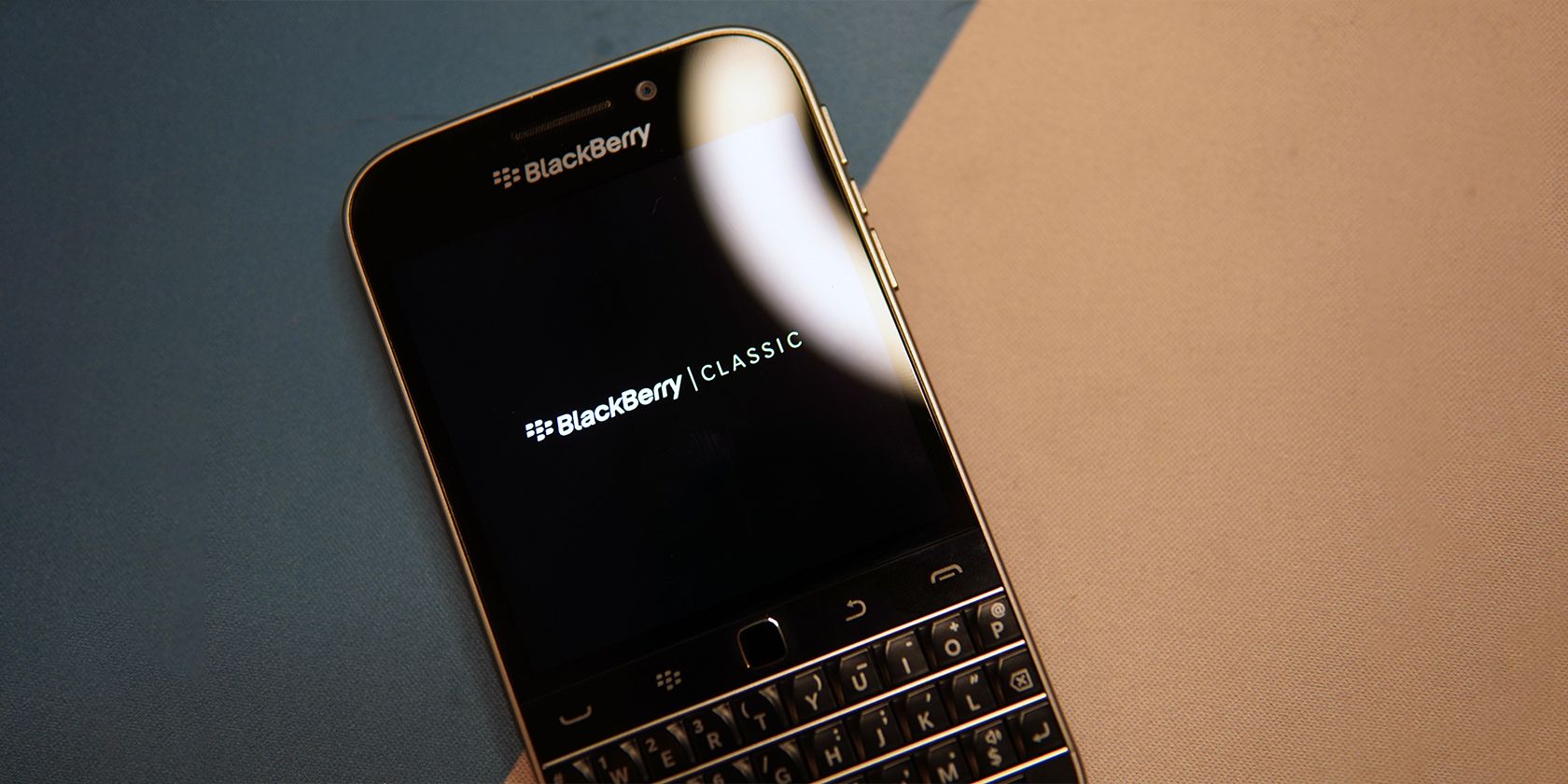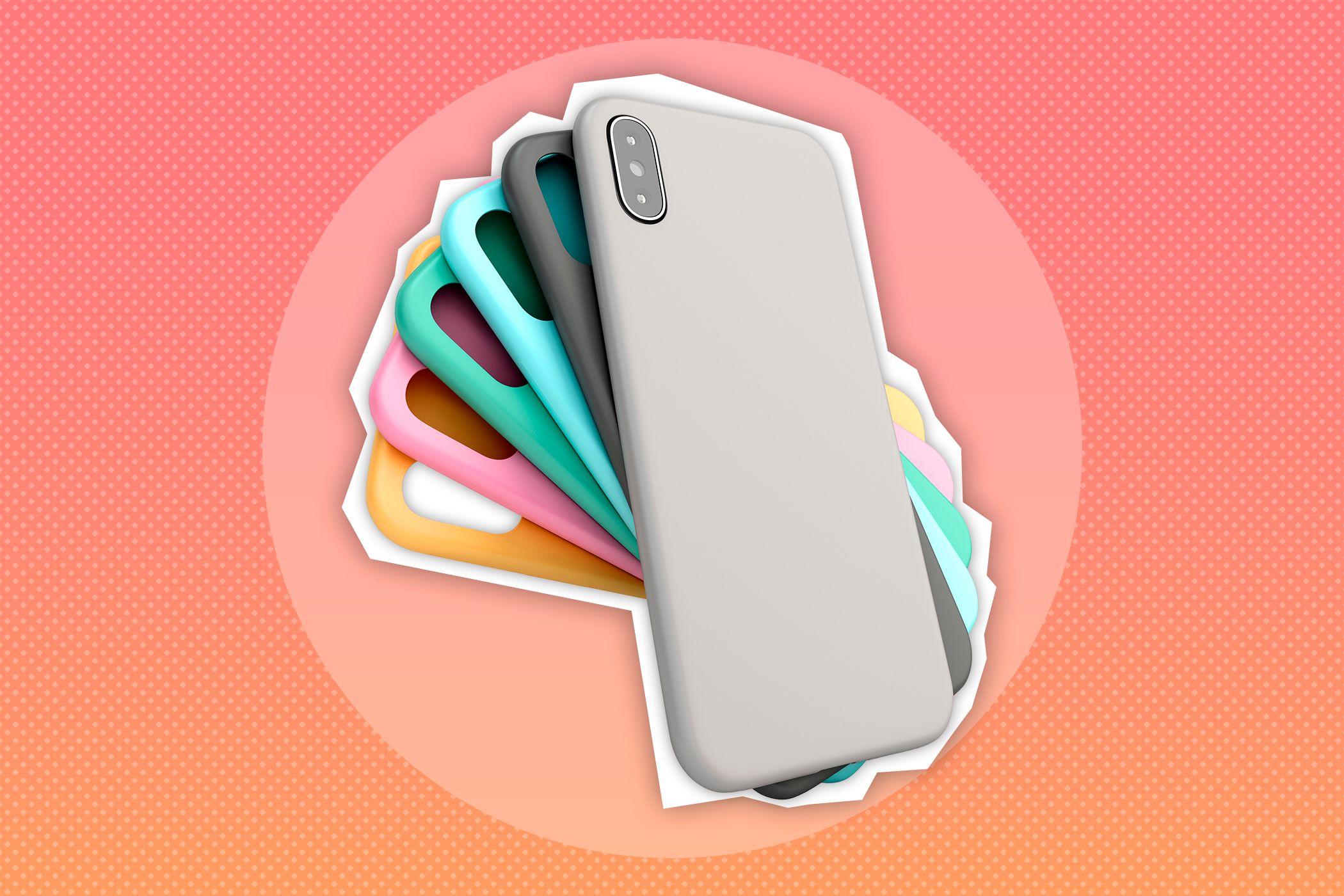Lately, I’ve caught myself looking at my current smartphone and realizing how far we’ve come from what was once my favorite device, back in 2009. I used to rely on a BlackBerry Bold 9700, and the contrast between that focused, utilitarian experience and today’s everything-in-one devices has become hard to ignore.
I Miss the Tactile Satisfaction of a Physical Keyboard
Nothing, and I mean nothing, compares to the feeling of typing on a BlackBerry keyboard. Those tiny, perfectly sculpted keys were a joy to use, just as much as they were functional. Each press gave immediate feedback, letting my fingers know exactly when a letter had registered. I could type with confidence, speed, and, most importantly, accuracy.
I used to write entire emails on my phone while walking down the street, never once looking at the screen. I can’t say the same for my current phone, the Galaxy S22 Plus—if I tried that now, the message would probably read like it was typed during an earthquake. While you can connect a USB keyboard to an Android phone, that’s obviously not practical unless you’re sitting still with it.
Haptic feedback on modern phones tries to simulate the feeling of pressing a real button, but it’s like comparing a photograph of food to an actual meal. You’re constantly second-guessing whether you hit the right key, squinting at tiny letters, and watching autocorrect turn “meeting” into “metering,” for example. (Though, granted, there are ways to minimize autocorrect fails.)
My BlackBerry Bold Was So Durable That I Didn’t Even Need a Case
One of the aspects I miss most about my BlackBerry was how absurdly tough it was. I never worried about dropping it. It could tumble out of my hand, bounce off the pavement, and get stepped on without me worrying about spiderweb cracks.
Although after a long stretch of use, the corners showed some wear, the screen stayed intact, nothing came loose, and it kept working like it was new. It had a solid build: a stainless steel frame around the edges, a faux-leather back, and just enough weight to feel reassuring in the hand.
By contrast, I can’t help but think that phones these days are like glass sandwiches held together by anxiety, good phone screen protectors, and phone cases. We’ve normalized the idea that from the moment you unbox it, you need to immediately wrap your $1,000+ device in silicone or leather for the back, and tempered glass for the screen, just to survive regular life.
As our iPhone 16 review found, the phone is glossy and beautiful. But it’s also so fragile that dropping it without a case or screen protector is practically an act of vandalism against your wallet.
BBM Was a Messaging Platform That Felt Personal and Powerful
Before the explosion of messaging apps like iMessage, WhatsApp, Signal, and Telegram, there was BlackBerry Messenger (BBM)—and it did the job beautifully. It was clean, fast, and focused. You’d send a message and instantly know when it was delivered and when it was read. Features like message deletion and timed disappearing messages were already there, long before they became trendy elsewhere.
There were no random suggested contacts from your phone’s address book, ads, or endless GIF suggestions. Unfortunately, BlackBerry Messenger was officially discontinued in 2019.
One of BBM’s most underrated strengths was its PIN system. It worked like a username, but without tying your identity to a phone number or email address, which meant you could maintain a high level of privacy. If you wanted to chat with someone, you had to exchange PINs and mutually accept the connection. Your number and email were irrelevant to the chat itself.
Compare that to the present messaging landscape, which is fragmented and sometimes frustrating. You need different apps for different groups of people, notifications are scattered across platforms, and it’s not unusual to receive messages (often scams) from total strangers. And half the time, you’re not sure where to reply or even if your message was seen.

Related
The 3 Reasons BlackBerry Failed Spectacularly—and Why They Might Rise Again
Blackberry rode the massive highs, but has long embraced the crushing lows.
Swappable Batteries Meant I Never Worried About Battery Life
This might be the feature I miss most about BlackBerry devices: the ability to swap out a dead battery for a fresh one in about 10 seconds. I used to carry a couple of fully-charged spare batteries, and whenever one ran low, I’d swap it out. I didn’t have to carry power banks with charging cables bulging in my pocket, or hunt for power outlets whenever my phone was low on juice.
Now, smartphone manufacturers have convinced us that sealed batteries are somehow better. But after a few years of using a phone every day, you’ll have much worse battery life than you did at the beginning. And at that point, your only option is to replace the entire phone or pay for expensive battery replacement services.
To be fair, not every BlackBerry had a fully swappable battery. Later models like the Key2, Z10, Z30, and Passport, for example, required more effort and careful disassembly due to stronger adhesive and tighter builds. But even then, battery replacement felt more doable than with today’s glued-shut designs.
The Notification LED Gave Me What Many Modern Phones Don’t
The BlackBerry notification LED was a tiny feature that made a massive difference in daily productivity. That small, multicolored light could tell you everything you needed to know about your phone’s status from across the room. Red meant you had messages, green meant the network was connected, and blue meant Bluetooth was active. You could glance at your phone on your desk and immediately know if anything important required attention, without picking up your phone, unlocking the screen, or breaking your focus.
What made it even better was how customizable it became, especially for power users. With third-party apps like BeBuzz (also known as BerryBuzz), you could assign different colors and blinking patterns to specific types of notifications like emails, texts, BBM messages, missed calls, and even individual contacts. Just a glance at the LED, and you’d know exactly what kind of alert had come in.
Most modern smartphones have walked away from this kind of subtle, glanceable feedback. Instead, we get attention-hungry pop-ups, vibrations, or always-on displays that constantly pull us back into our screens. My Samsung Galaxy still offers edge lighting, and some older Samsung models support LED camera cutout notifications, but even that feels like a watered-down version of what BlackBerry had.
The iPhone never had anything like this, so every ping or buzz demands you stop what you’re doing and check—whether it’s important or not.
I’m not suggesting we throw out all the progress we’ve made and rewind to 2009 during the narrow window when BlackBerry was on top. Smartphones these days are undeniably impressive; packed with cameras that once felt like science fiction, apps that do everything from banking to video editing, and processing power that outpaces older desktop computers.
But I miss the BlackBerry line for what it represented in its time: a focused, purpose-built device that prioritized communication, reliability, and thoughtful design.








Leave a Comment
Your email address will not be published. Required fields are marked *